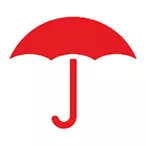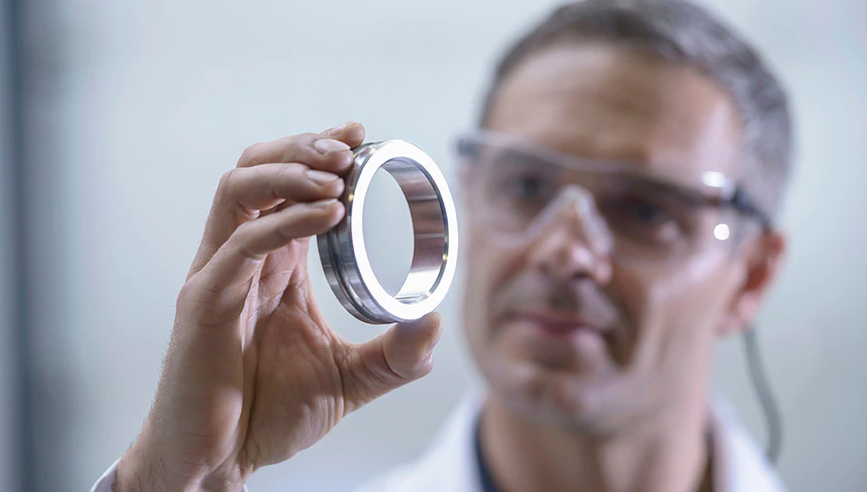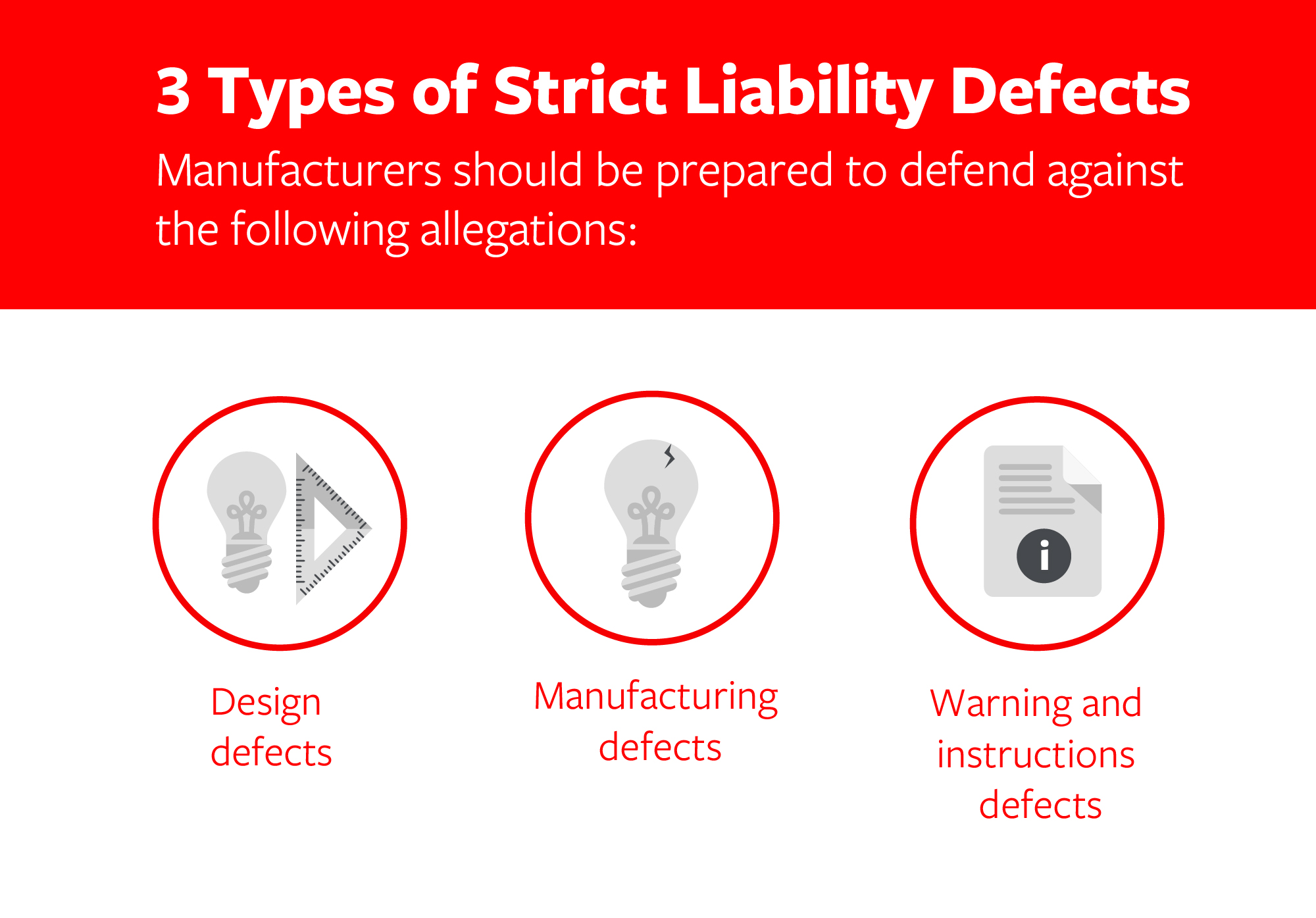Manufacturers, Do You Understand Your Products Liability Risks?


From an initial prototype sketch to the warning labels on a finished product, the decisions made during the course of bringing a product to market can come under intense scrutiny in a products liability claim. Manufacturers should focus on the potential risks across a product’s life cycle to help both prevent and defend against products liability claims.
In 2014, products liability led the list of top verdict categories for court cases. Among the top 100 verdicts by dollar value, a total of more than $33 billion in jury awards involved products liability.1 In addition to the financial costs of products liability, negative publicity can have a lasting effect on a company’s brand and reputation and lead to loss of good will and market share.
“Companies need to be aware of the potential for products liability at every stage of the life cycle as well as their ability to defend the decisions that they make,” says Reese Cann, a Travelers Risk Control products liability professional. “For example, products liability claims can be made long after the products were manufactured. A manufacturer’s post-sale responsibilities may be questioned, such as updated warnings or instructions when a hazard is later determined.”
Being able to consistently demonstrate that safety was the manufacturer’s first priority can help a company as it prepares to defend itself from a products liability claim. Two types of products liability theories are negligence and strict liability. Under the strict liability theory, manufacturers should be prepared to defend against allegations of design defects, manufacturing defects and warning and instructions defects.

3 TYPES OF STRICT LIABILITY DEFECTS
Manufacturers should be prepared to defend against the following allegations:
1. Design defects
2. Manufacturing defects
3. Warning and instructions defects
Design defects
In the product design phase, manufacturers can perform a hazard analysis focused on determining possible ways that an end user may be harmed or property may be damaged. This analysis can include both expected uses of products and anticipated misuses.
Methods to address hazards of use can be considered during the design phase with a focus on instructions, warnings and feasible safety features, such as physical guards, specific to the product. Where possible, safety features can be designed in such a way that an end user cannot easily defeat, remove or modify them. This, for example, can be one of the considerations made when addressing safety features in the design of the product.
Warnings and safety measures can help to avoid or mitigate product liability. A human factors specialist can help in the evaluation of warning and safety measures. An attorney familiar with products liability can conduct a legal review to help you determine legal exposures. Having your legal team involved proactively at key decisions from the beginning of the design stage can help you identify potential legal risks throughout development of the product and help you plan for potential postsale responsibilities.
Manufacturing defects
A manufacturer may be liable if a product has a defective condition that makes it unreasonably dangerous to a user. Quality assurance programs can specifically include inspections or testing at those stages in the production process where defects that could present a greater risk of harm to the user could occur.
Aside from a manufacturer’s own work, defects may result from components or parts that a manufacturer incorporates into the product from a supplier or vendor. The supplier may provide components that are poorly manufactured, don’t meet design specification, or fail to meet industry standards or government regulations. This underscores the importance of selecting suppliers and also, the inspections of incorporated parts or materials, regardless of source.
Part of an effective risk management program is ensuring that third parties can be held financially responsible if their products or services cause or contribute to an injury or loss. A risk transfer program, which includes contracts and insurance requirements from these parties, can help your business avoid financial liability or loss.
Companies that directly import raw materials, products or sub-assemblies may bear sole financial responsibility due to the inability to make a foreign entity a party in a product liability claim. Claims involving imports can be difficult to defend, as the defending company may not possess the documentation that they would normally retain if they had manufactured the product themselves. It is therefore important for manufacturers to recognize the legal risks that may be involved by imported products and to verify that they have risk management arrangements to best address their needs.

Companies need to be aware of the potential for products liability at every stage of the life cycle...
Reese Cann
Travelers Risk Control
Warning and instruction defects
Some hazards that cannot be addressed by design or adequately guarded may be addressed by warnings and instructions. The adequacy of warnings can be the focus of a products liability claim. Warnings may be argued to be inadequate, inappropriate, misleading or confusing. It may be argued that an inadequate warning, in itself, was the defect that led to the user’s harm.
The American National Standards Institute (ANSI) oversees voluntary standards for safety signs and symbols as well as the use of signs and symbols in instructional materials. Consider ANSI standards when addressing labels, warnings and instructions. As a general principle, when needed, warnings should be prominent and understandable. Having an attorney skilled in products liability review your warnings and instructions can be very beneficial.
Understanding products liability concerns can help manufacturers be more aware of potential liabilities, establish a process that focuses on safety and inform customers about safe practices and potential dangers associated with using their products. Learn more about products liability risk management, including how customer feedback can help companies identify product issues and exposures.
Source
1 The National Law Journal, The Top Verdicts of 2014, March 2015.



